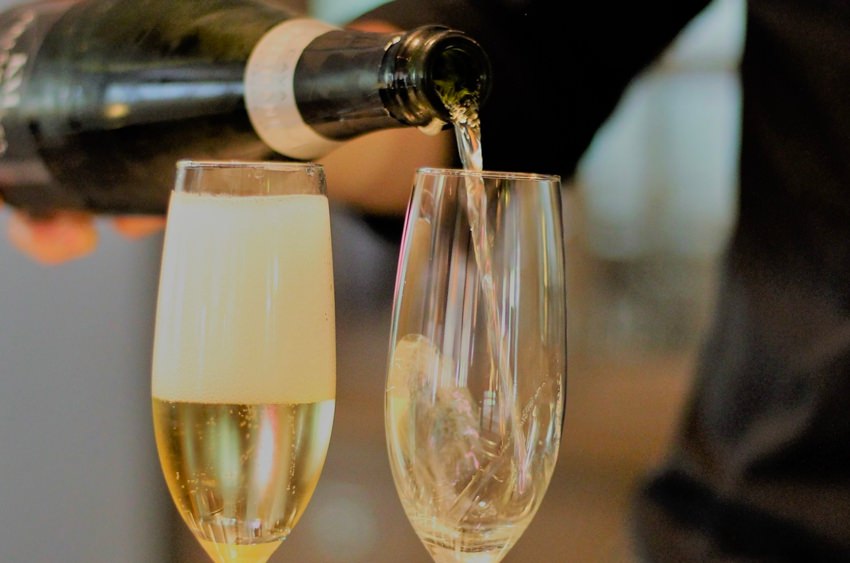Things you should know about champagne flutes
Before I get started on the actual champagne flutes, I will first give you some background information on the champagne itself.
Champagne is a sparkling white wine, which originates form the French region “Champagne.”
 During the Middle Ages the Champagne-region and especially it’s capital Reims were very important.
During the Middle Ages the Champagne-region and especially it’s capital Reims were very important.
The region was not only economically important, it was also the place where the French kings were crowned and it was even the residence of the Archbishop.
The first champagne was made when a monk, who was responsible for serving wine to the archbishop, invented the process.
It was a very bad wine year and he was afraid to serve that bad wine to the Archbishop. So when he ran out of good wine from the previous years, he mixed some ‘bad’ wines, added some sugar to it, and the champagne as we know it was born.
But enough of history and back to the actual topic : champagne flutes.
Champagne flutes are champagne glasses that have a long stem, and the glass itself is quite deep, it is very narrow at the bottom and it gradually becomes a bit wider towards the top.
The glass champagne flutes are made of is very thin.
That doesn’t only mean that they easily break in the dishwasher, it also means that the champagne inside will warm up very quickly. In order to avoid that, it is recommended to hold the champagne flutes by the stem while drinking, so that the warmth of your hand doesn’t affect the temperature of the drink.
At the bottom of the glass there are very little holes. When the champagne gets in contact with those holes, it creates the famous “bubbles”, little bubbles of oxygen that rise to the surface.
Aside from the flutes, there are two other kinds of champagne glasses. First there are the ‘coupes’, these are actually the original champagne glasses.
They are very shallow and wide, exactly the opposite of the flutes. The coupes are being used less and less. Sometimes they are still used at weddings to build champagne fountains.
Another type of champagne glass is the ‘tulip’, this tulip-form glass has an edge that lightly bends inwards, and thus maintains more of the champagne’s flavour and aroma inside the glass. Because of those characteristics, this glass is very popular with real champagne experts.
It might very well be the champagne glass of the future, but it is till too early to tell.
Leave your response!
You must be logged in to post a comment.